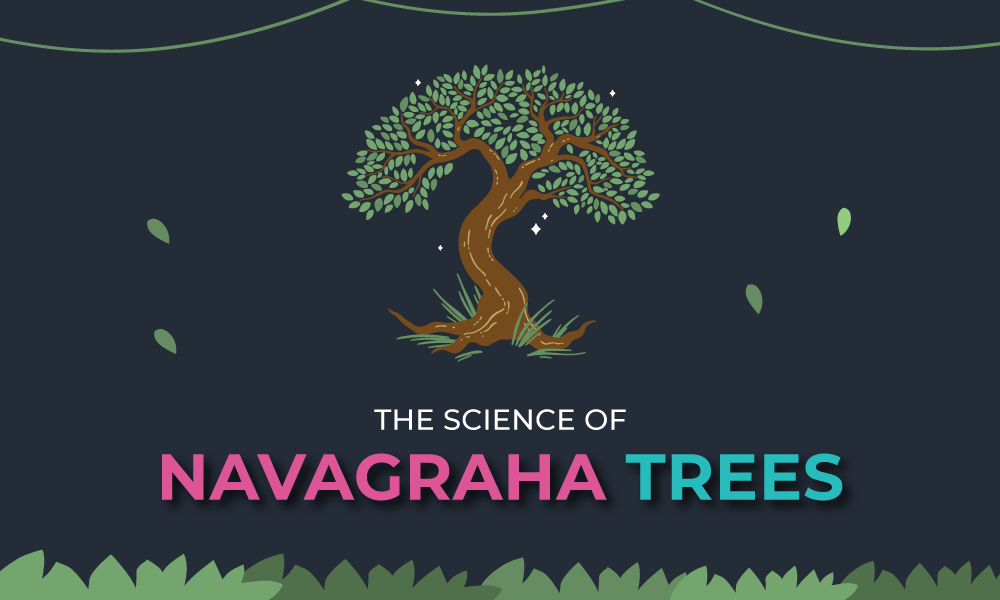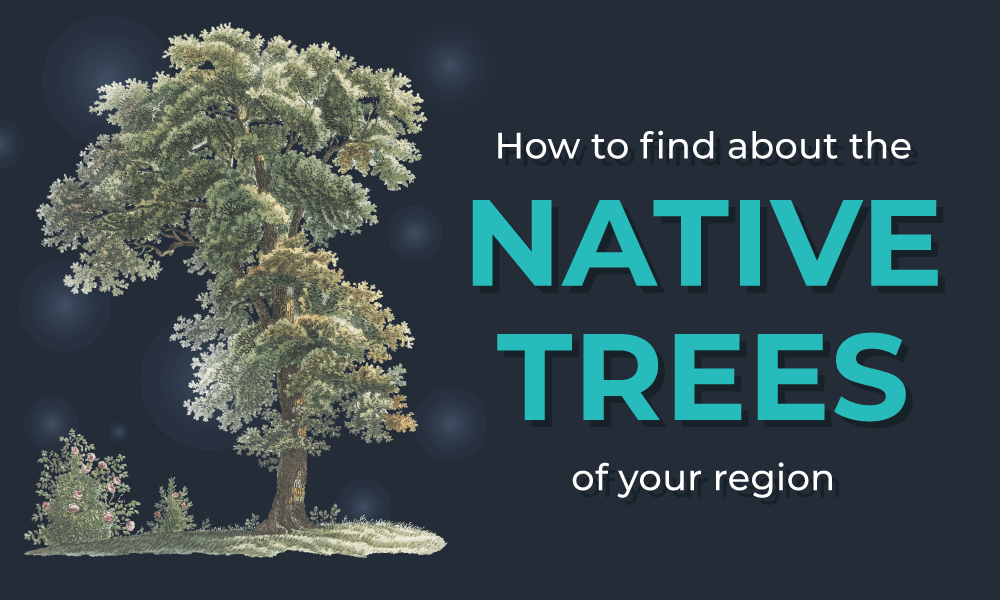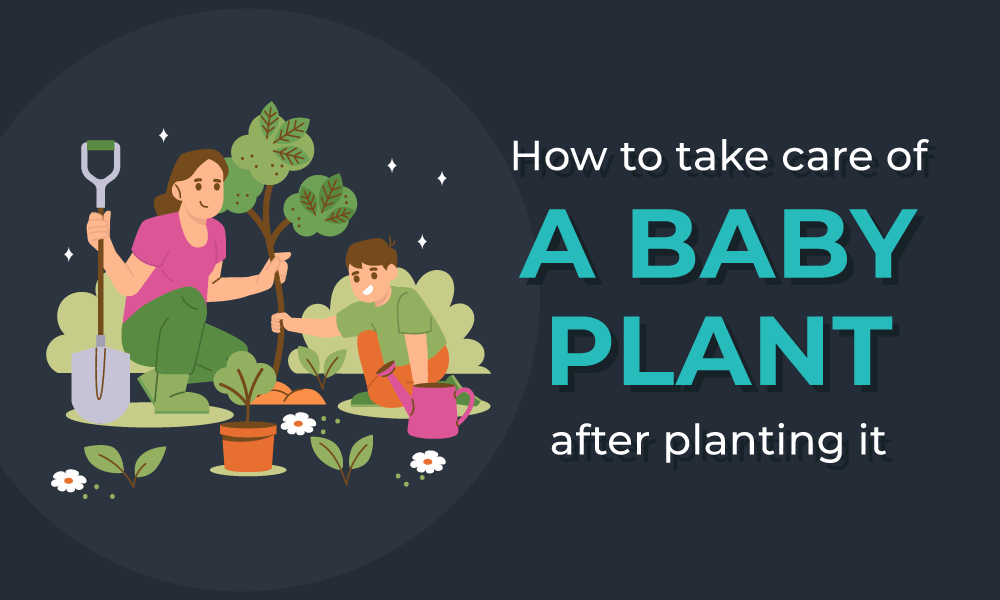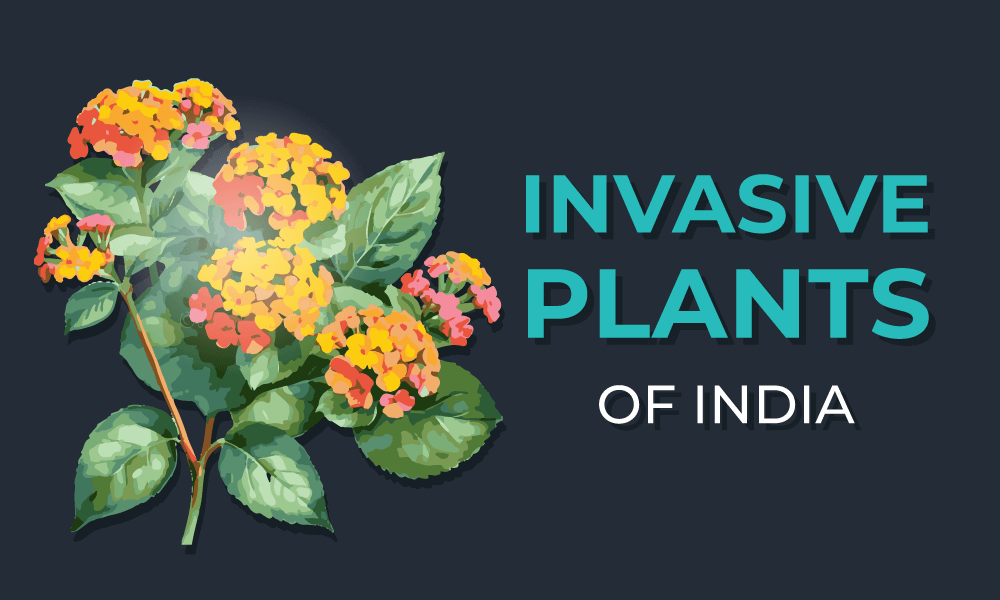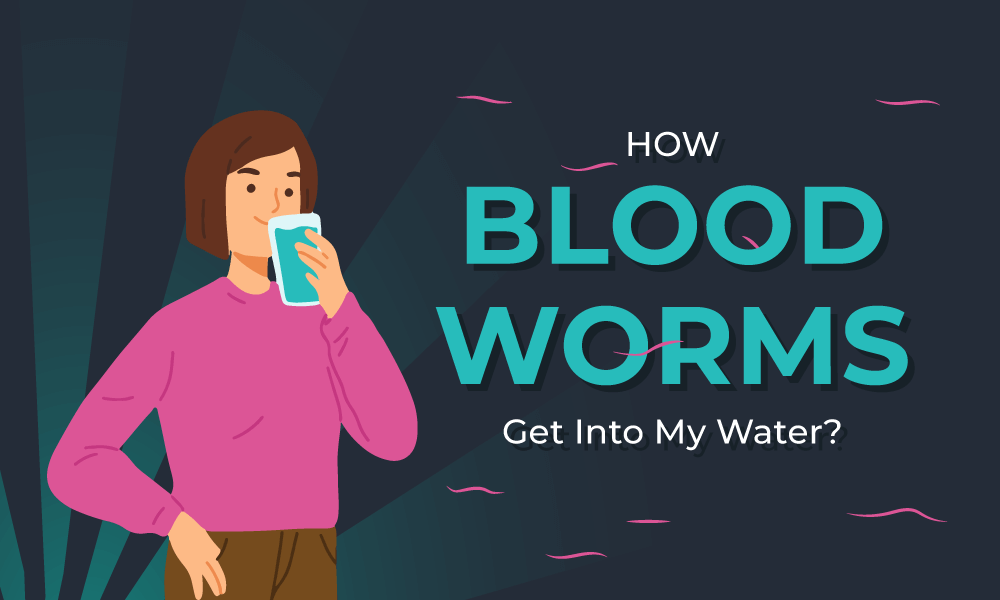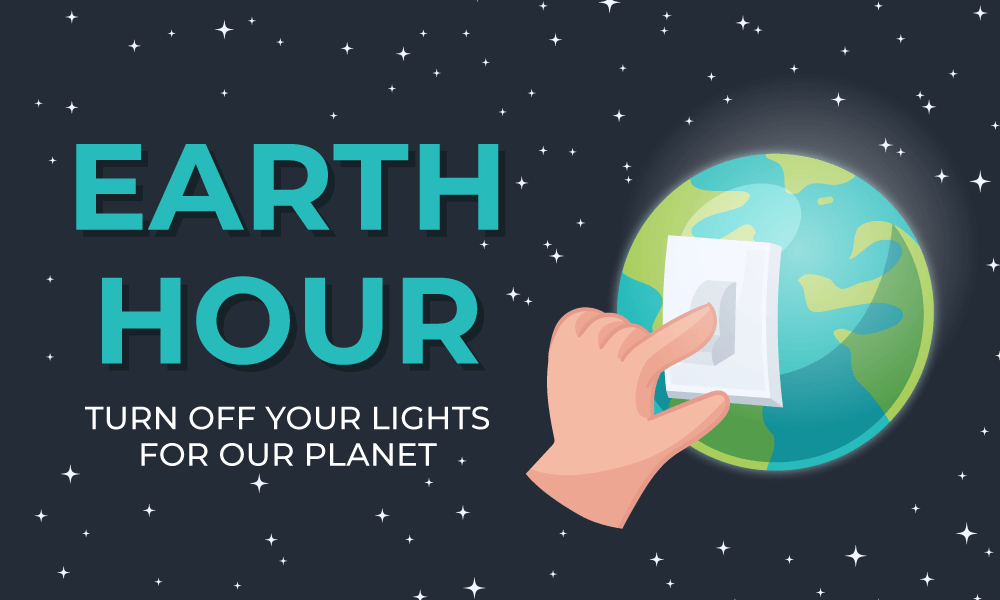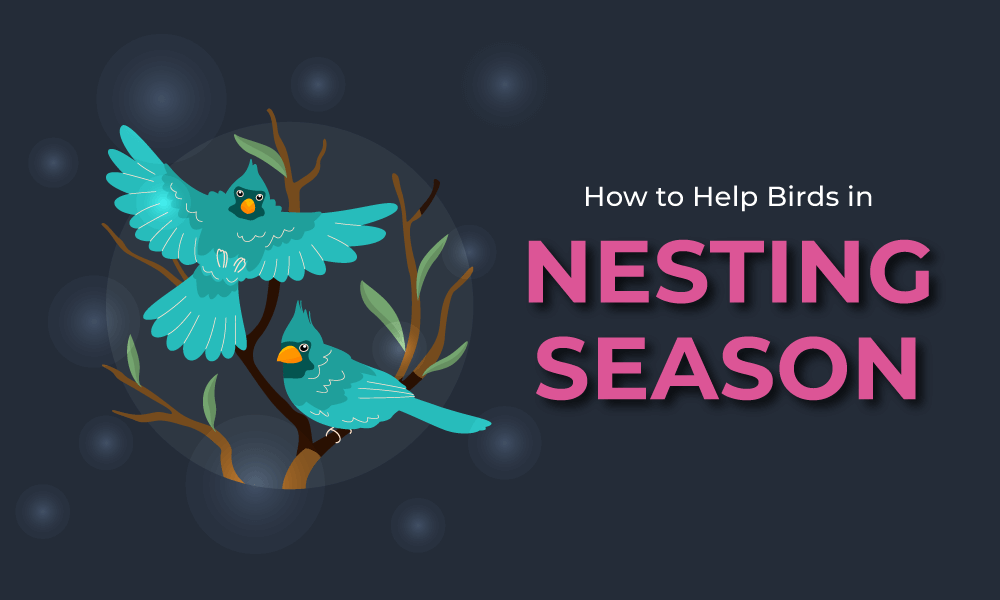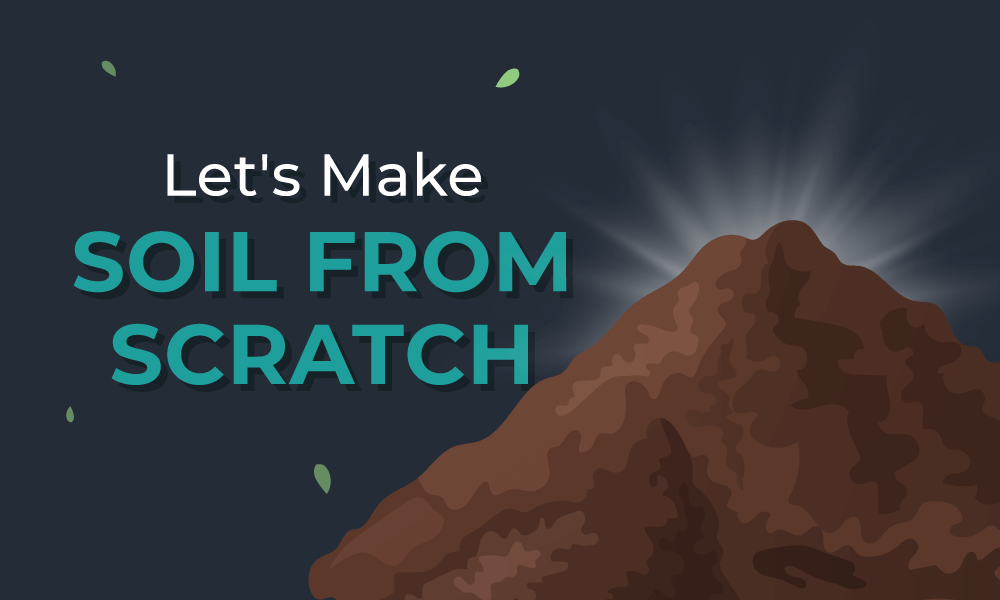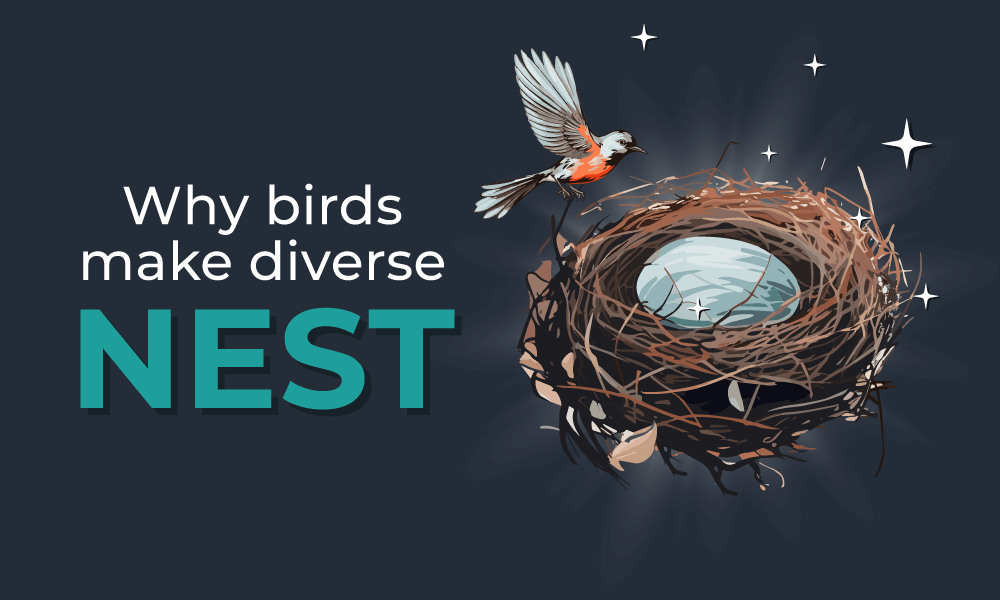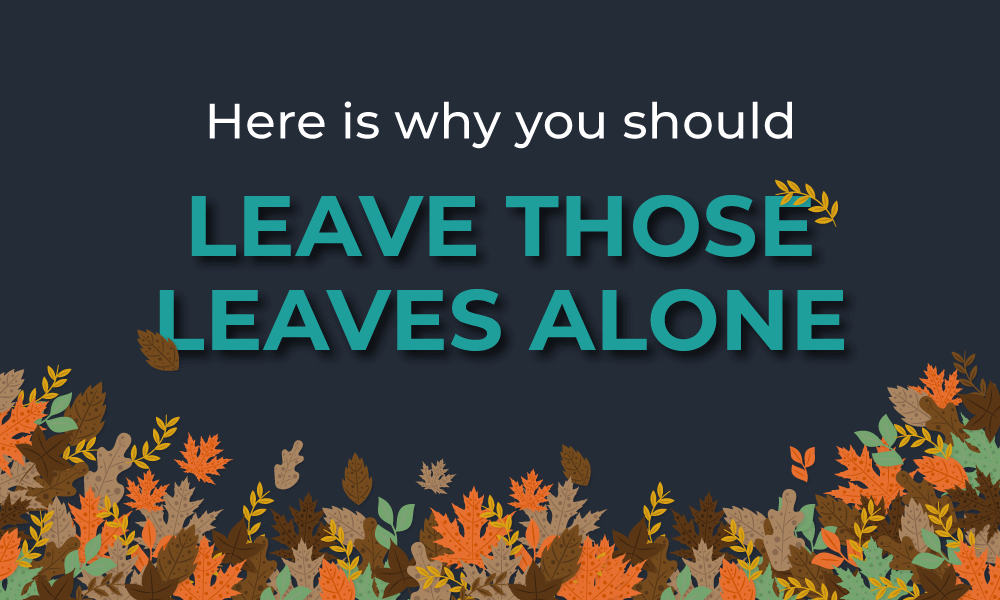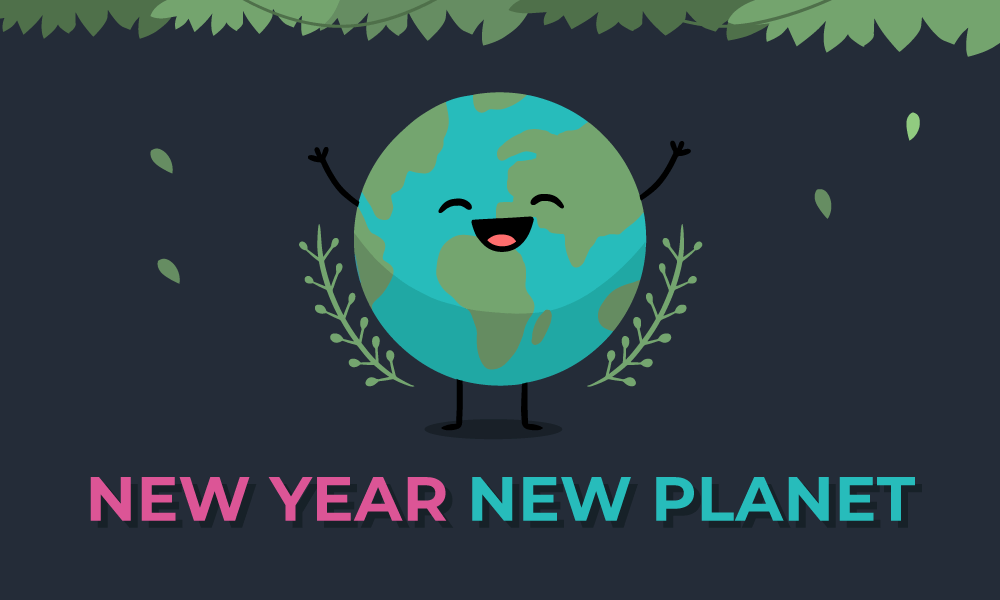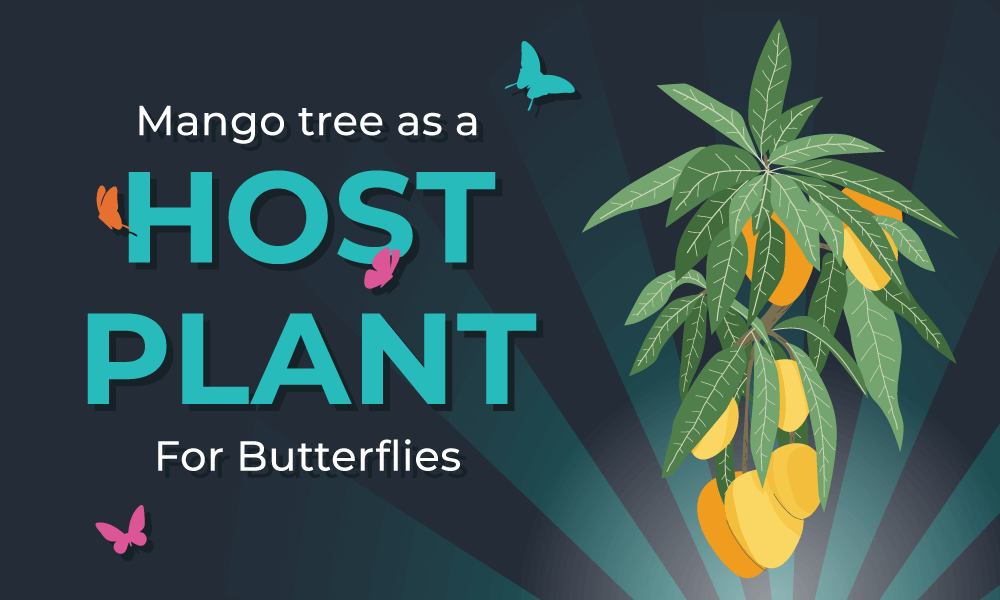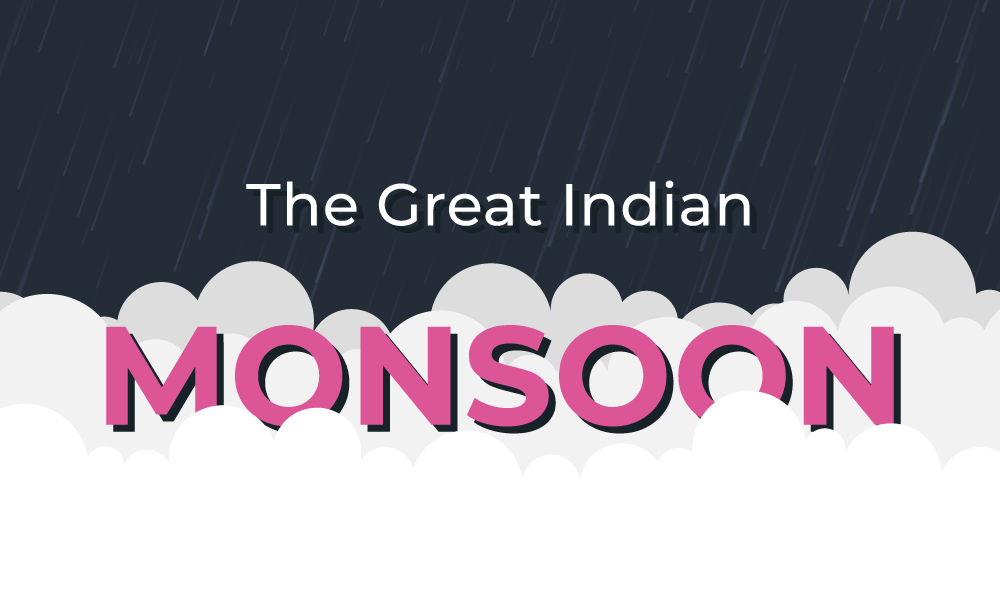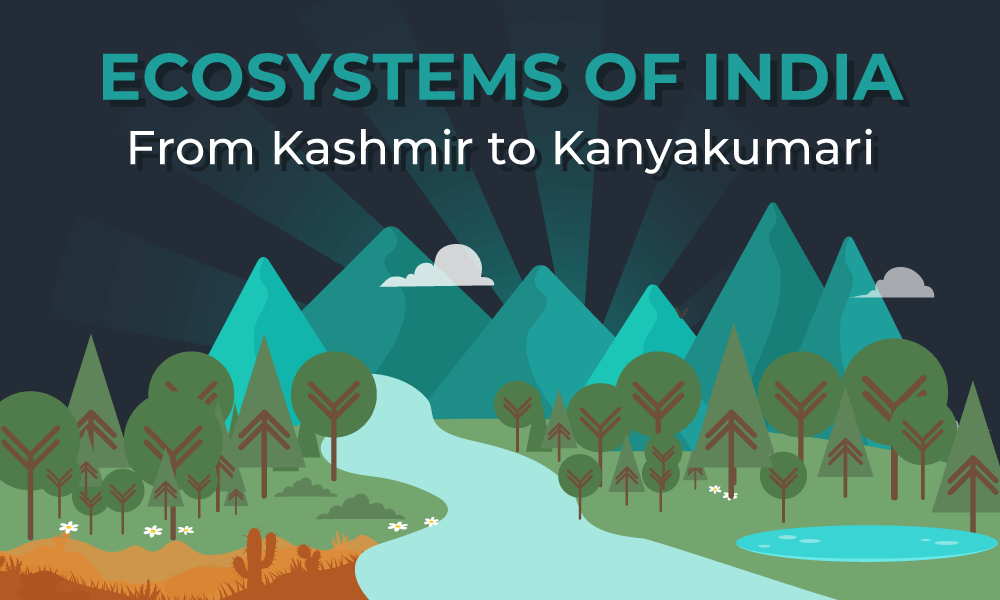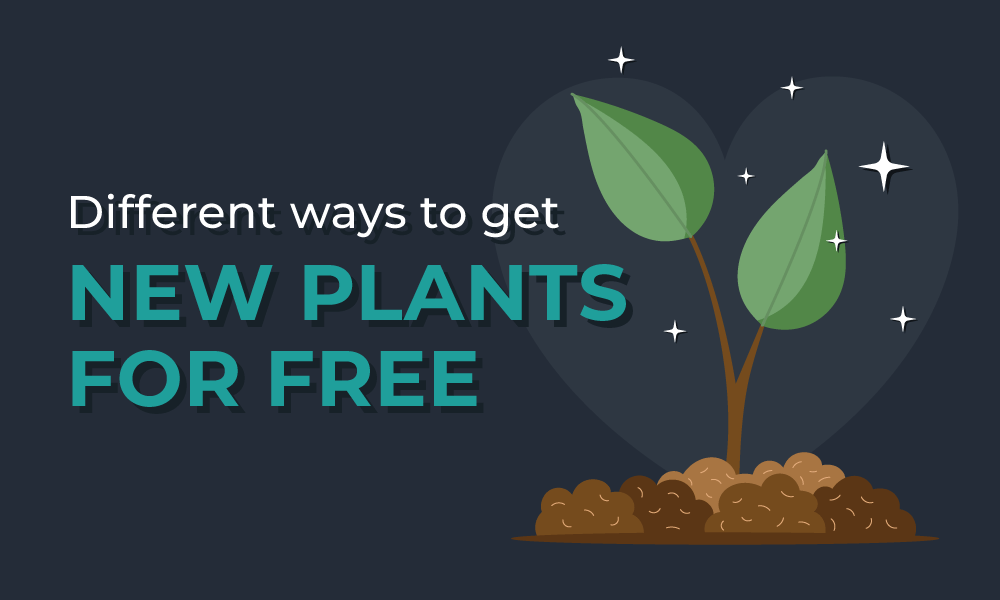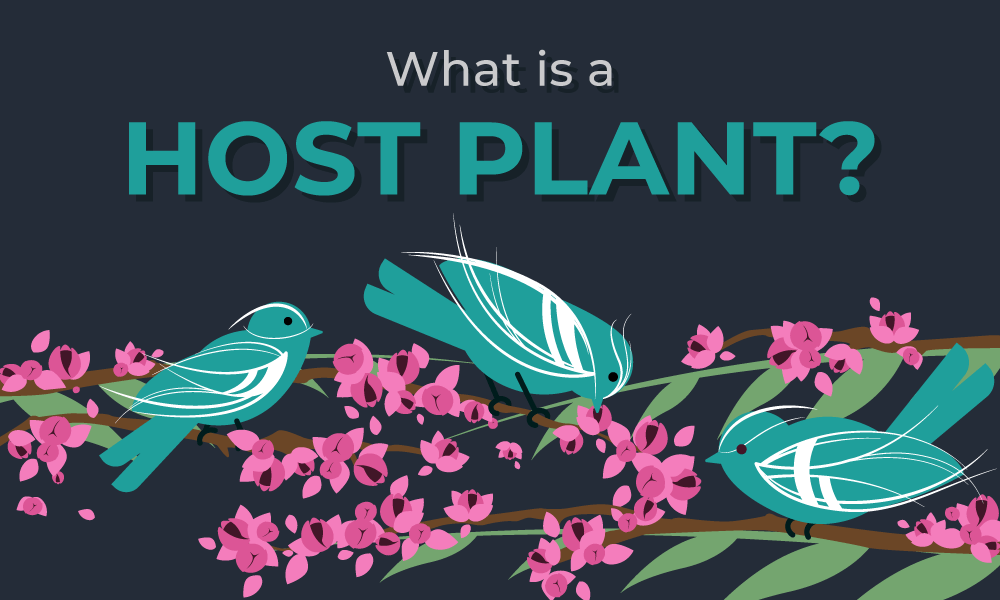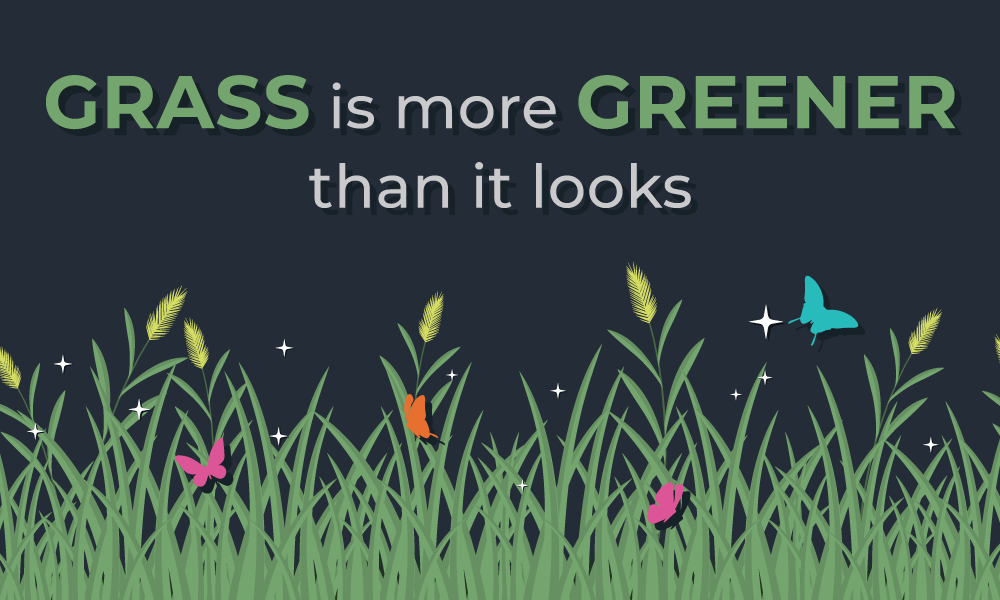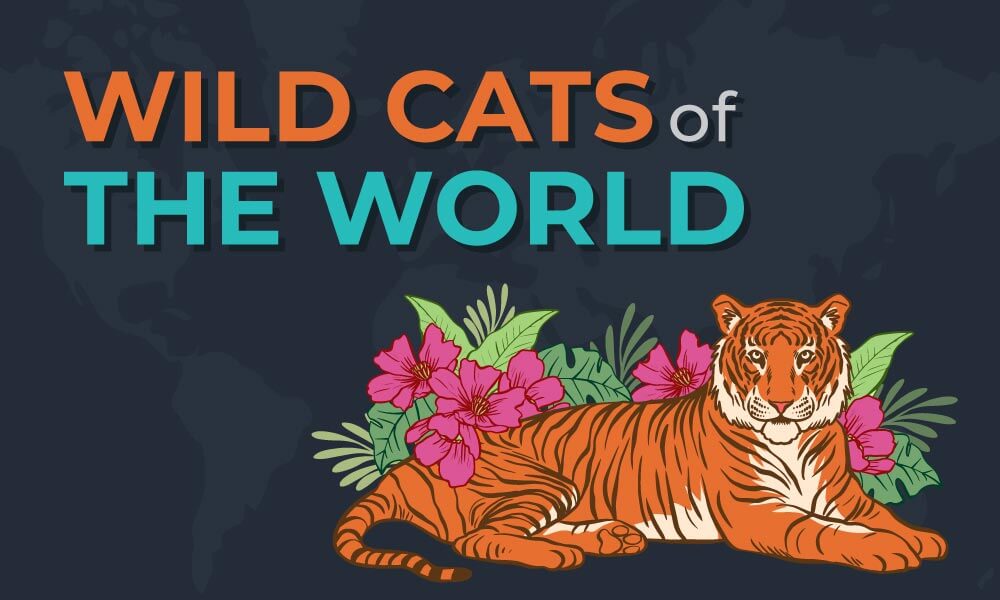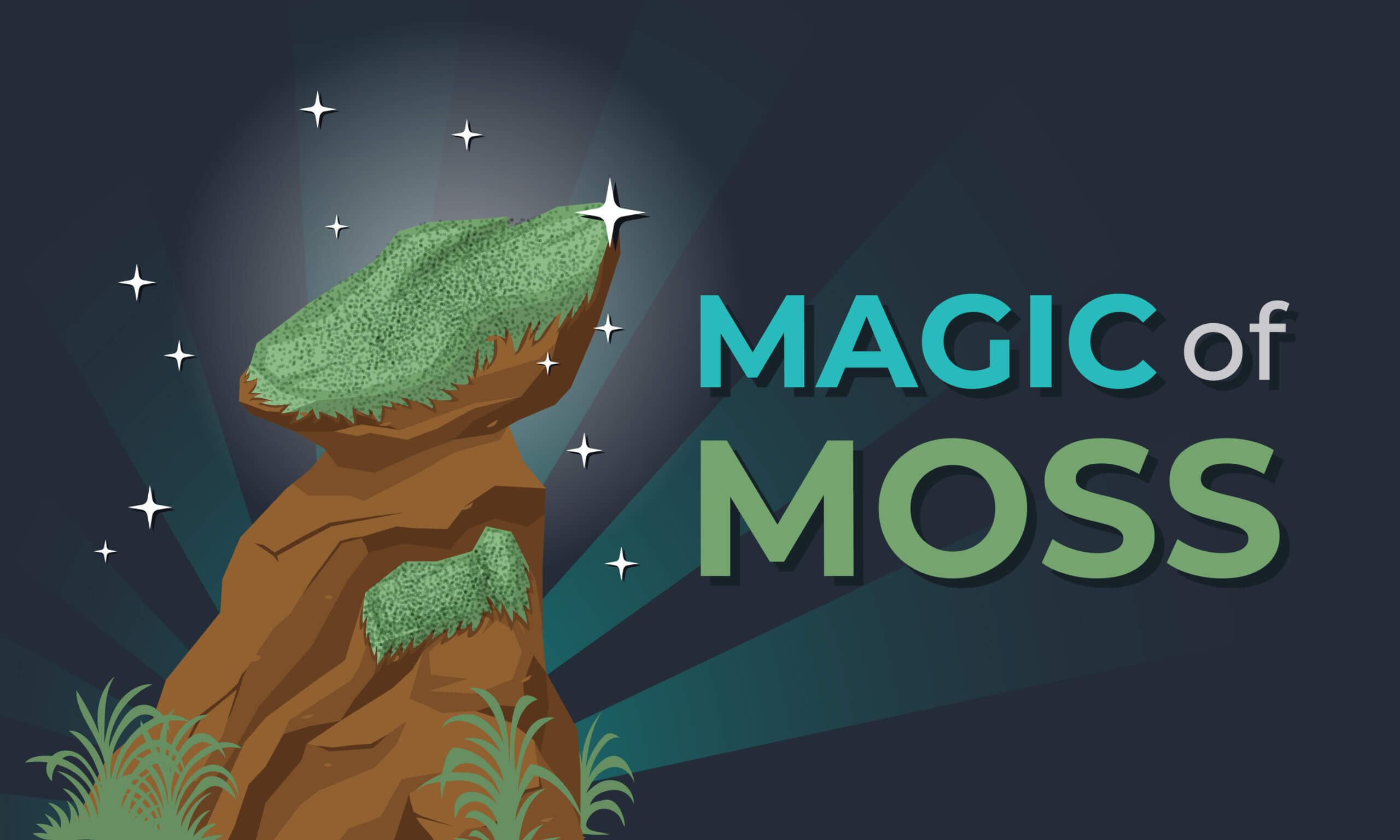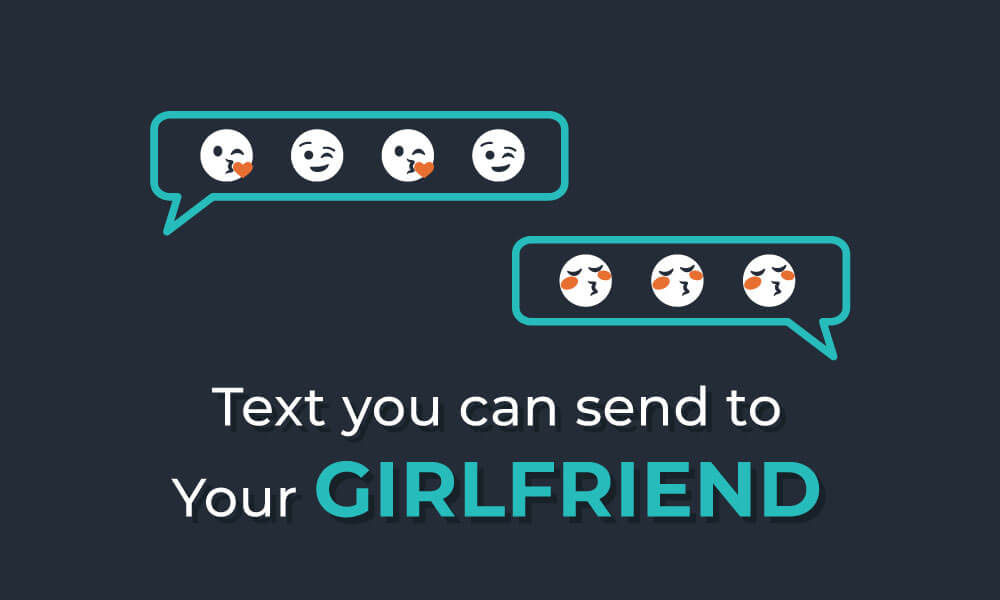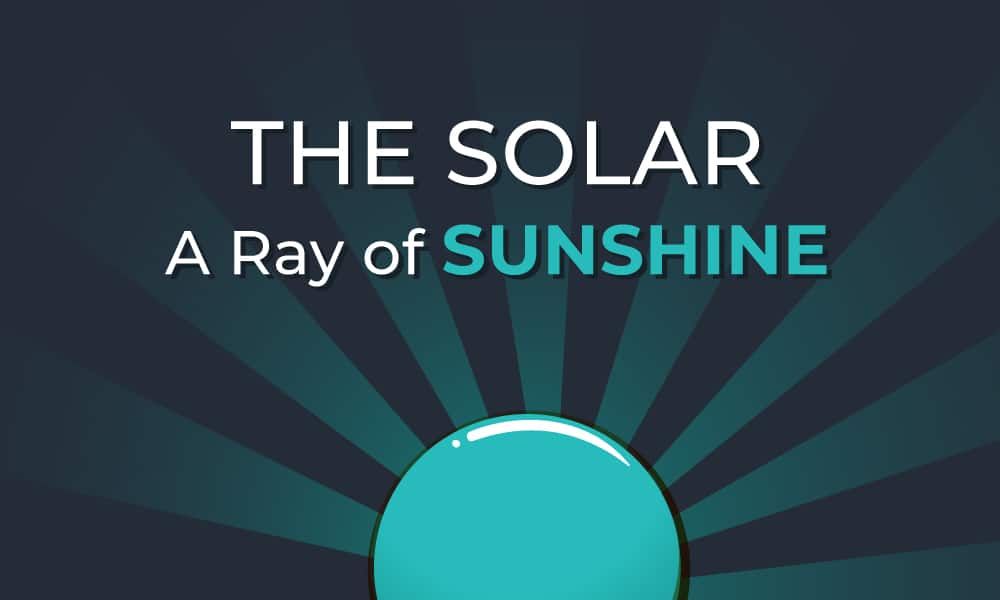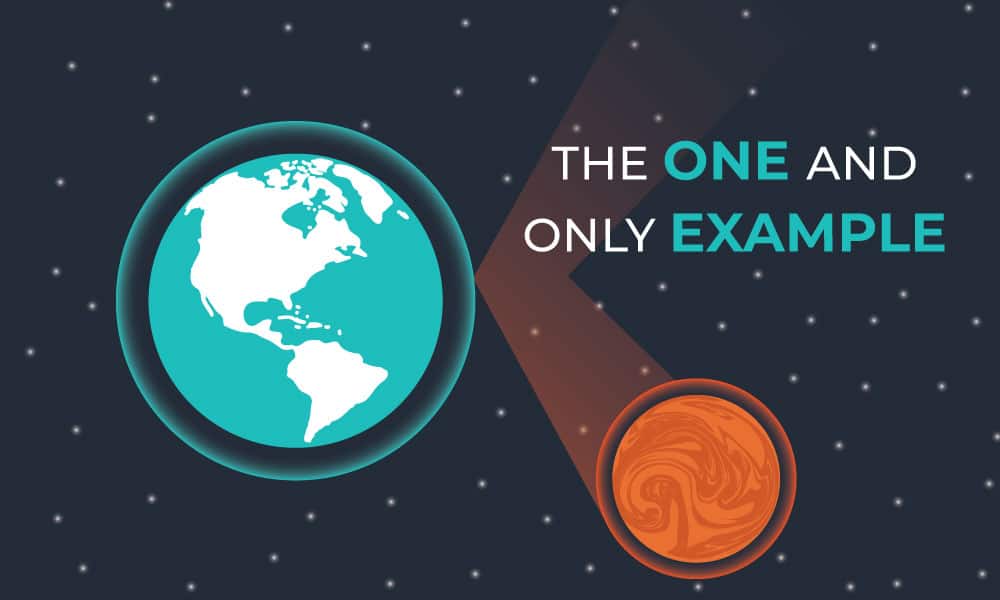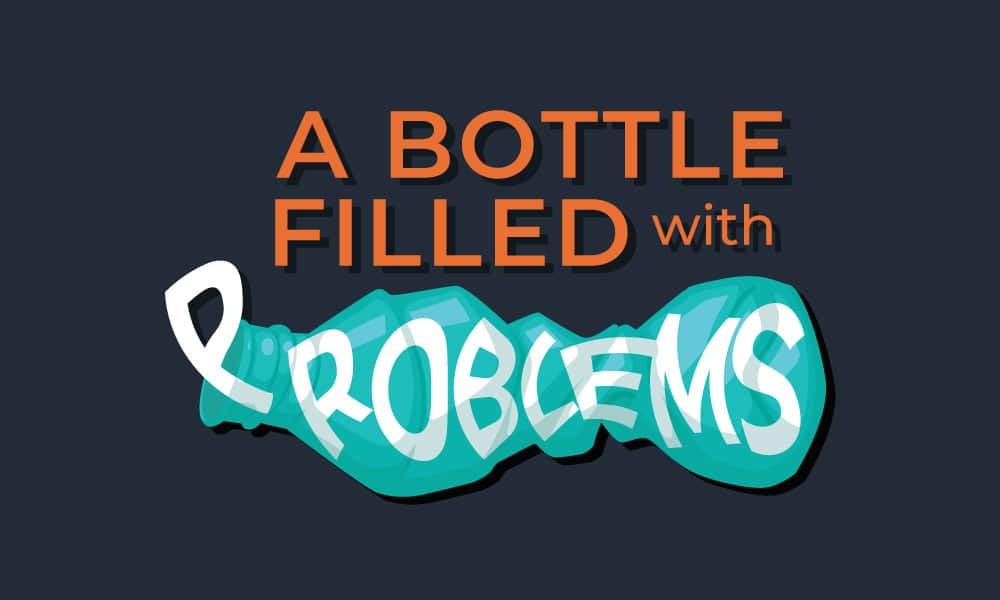Imagine you are walking along the beach, picking up seashells and feeling the sand between your toes. But did you know that hidden in that sand, there could be tiny pieces of plastic so small you might not even see them? These tiny plastics, called microplastics, are found everywhere—in rivers, lakes, oceans, and even in the air we breathe. You might be wondering, “What are microplastics? Why are they there, and how did they get into places they don’t belong?” Let’s break it down!
What Are Microplastics?
Microplastics are tiny pieces of plastic, usually smaller than 5 millimeters. To give you an idea, that’s about the size of a pencil eraser! Some are even smaller, almost like grains of sand. These pieces come from larger plastic items like water bottles, bags, toys, and even clothes. Over time, these plastic items break down into smaller and smaller pieces. When you toss a plastic bottle away, it doesn’t just disappear—it breaks down into lots of little pieces, and those pieces spread out into the environment.

There are two main types of microplastics: primary and secondary. Primary microplastics are small from the very beginning. For example, Microplastics are added to makeup products like eyeshadow, blush, bronzer, lipstick, and lip gloss to add texture or sparkle. Microplastics are also used in scrubs, body wash, and toothpaste. Those are primary microplastics.

People used to think these tiny beads helped scrub our skin or teeth cleaner, but once they washed down the drain, they ended up in our rivers and oceans. Secondary microplastics, on the other hand, start as larger plastic objects, like a bag or bottle, that get broken down over time by the sun, wind, and waves. Imagine you leave a plastic toy outside for a long time—the sun will make it brittle, and eventually, it will start breaking into smaller and smaller pieces. These bits are secondary microplastics.
How Do Microplastics Affect Us?
Now, you might be wondering how microplastics affect the world around us. It’s quite surprising! Microplastics have been found in the stomachs of fish, birds, and even some land animals. When these animals mistake microplastics for food, they end up eating them, which isn’t good for their health. Imagine if you accidentally ate tiny plastic bits every time you had a meal! Animals can’t digest plastic, so it sits in their stomachs and can make them feel full even when they’re hungry. This can cause them to get weak, sick, or even die because they’re not getting the nutrients they need.
And if you think that it’s just animals that are eating plastic then hear me out now!

Microplastics have infiltrated many parts of our environment and even our bodies. They enter the ecosystem through sources like wastewater, surface runoff, industrial effluent, degraded plastic, and even from the air via atmospheric deposition. These particles are absorbed by plants through their root systems and can end up in leaves, seeds, and fruits. Microplastics have been discovered in almost every part of the human body, including brain tissue, blood, placenta, testicles, heart, lungs, liver, and reproductive systems. They are even present in mother’s milk, showing their widespread reach. Drinking water, whether from tap or bottled sources, contains microplastics as well. Studies have shown that bottled water may sometimes have higher microplastic concentrations due to the plastic packaging and bottling process, although low levels have also been detected in glass bottles. This widespread presence of microplastics in food, air, and water highlights their concerning impact on human health and the environment.
How Do Microplastics End Up Everywhere?
So, how did microplastics end up everywhere? It’s because humans use a lot of plastic in everyday life. Think about the things you use every day: water bottles, straws, packaging, clothing with synthetic materials, and even toys. Plastics make life easier and more convenient, but they don’t break down naturally like wood or food waste. Instead, they can last for hundreds of years! Every time we throw plastic away, we’re adding to the growing pile of plastic waste on the planet. Even washing clothes made from synthetic materials can release microplastic fibres. Those fibres go down the drain and end up in water sources. Plastic doesn’t just vanish—it breaks down into smaller and smaller pieces, which means it sticks around, polluting our planet for a long time.
Microplastics are sneaky because they’re so tiny, but they can cause big problems. They move easily through water and air, spreading all over the world. Scientists have even found microplastics in very remote places, like deep in the ocean or high up in mountain snow. Imagine how tiny pieces of plastic from a city could travel all the way to the middle of the ocean or a quiet mountain—microplastics are just that persistent! Once they’re in the water, microplastics can be carried by currents to faraway places, mixing with sand on beaches or floating in the water where fish and other sea creatures live.
What Can We Do About Microplastics?
Now, here’s the big question: What can we do about microplastics? Luckily, there are some ways we can help reduce microplastics and protect our environment. One way is to use less plastic. If we all use fewer plastic bags, bottles, and straws, there will be less plastic waste to break down into microplastics. Instead of using single-use plastic, we can choose reusable items, like metal water bottles, cloth bags, and glass containers. Every small choice we make can add up, helping to reduce the amount of plastic that ends up in nature.
Another way to help is by recycling plastic whenever possible. Recycling means that the plastic will be turned into new products instead of being thrown away and left to break down into microplastics. In some places, there are also filters designed to catch microplastic fibers from laundry. If we wash clothes made from natural materials, like cotton, instead of synthetic materials, we’ll release fewer microplastic fibers into the water. Some governments are even making rules to ban certain microplastics, like the tiny plastic beads in cosmetics, to help reduce microplastic pollution.
Read more : Real Life Causes and Effects of Climate Change
Learning about microplastics can feel overwhelming, but it’s also empowering! By understanding what they are and how they affect our world, we can make better choices to protect our planet. Every time we reduce our use of plastic, we’re helping to make sure fewer microplastics end up in our oceans, rivers, and even our bodies. Together, we can work toward a cleaner, healthier world—one small piece at a time.



























